Sometimes you need more than just another beach vacation. You need a place that reminds you what wonder feels like, where every morning starts with possibility and every sunset leaves you breathless.
- 1. Take a Glass-Bottom Boat to Tiran Island
- 2. Snorkel at Naama Bay
- 3. Dive into the Blue Hole at Dahab
- 4. Watch the Sunrise from Mount Sinai
- Tip
- 5. Lose Yourself in the Old Market
- 6. Explore the Underwater Museum at Ras Mohammed
- Tip
- 7. Ride an ATV or Buggy to Bedouin Camps
- 8. Discover the Monastery of Saint Catherine
- 9. Enjoy the View at Farsha Cafe
- 10. Marvel at Al Sahaba Mosque
- 11. Explore the Colored Canyon
- Tip
- 12. Explore the Mangrove Forests of Nabq
- 13. Dive the WWII Wreck of the SS Thistlegorm
- 14. Discover Shark’s Bay
- How did Shark’s Bay get its name?
- 15. Take the ‘Pirate Yacht’ cruise
Sharm el-Sheikh is not only Egypt‘s premier resort destination and number #1 diving destination. It’s where the desert meets the sea, where ancient stories whisper through coral reefs, and where you’ll discover parts of yourself you didn’t know existed.
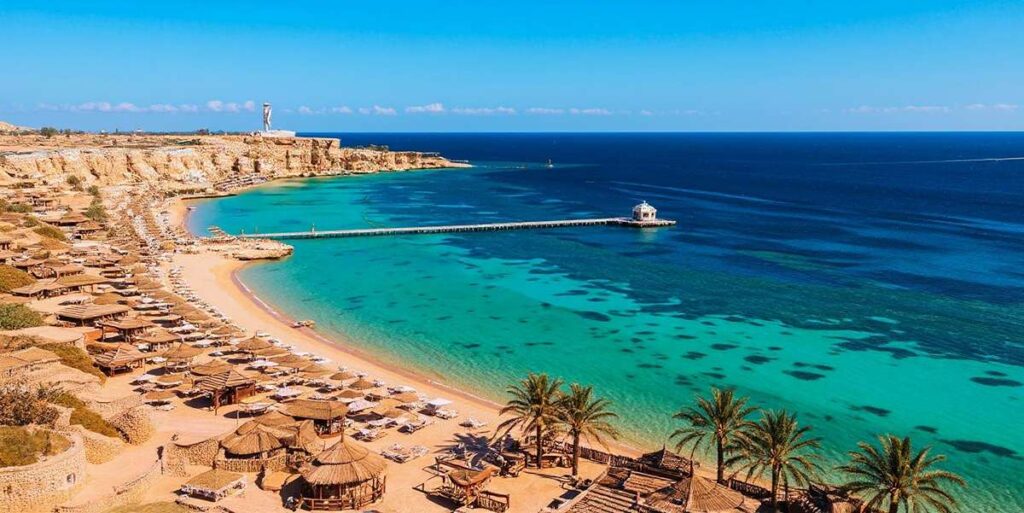
Planning a solo trip, marking a birthday, or simply looking for a change of pace, here are 15 experiences that will transform your trip from ordinary to extraordinary.
1. Take a Glass-Bottom Boat to Tiran Island
Diving is usually the #1 reason people travel to Sharm el-Sheikh. But if diving feels too adventurous, a glass-bottom boat trip to Tiran Island is pure magic without getting wet. The boat glides over coral gardens while you peer through the glass floor at underwater landscapes that seem too beautiful to be real.
The island sits at the mouth of the Gulf of Aqaba. The journey to Tiran Island takes about 45 minutes from Sharm el-Sheikh, and the boat ride itself is part of the experience.
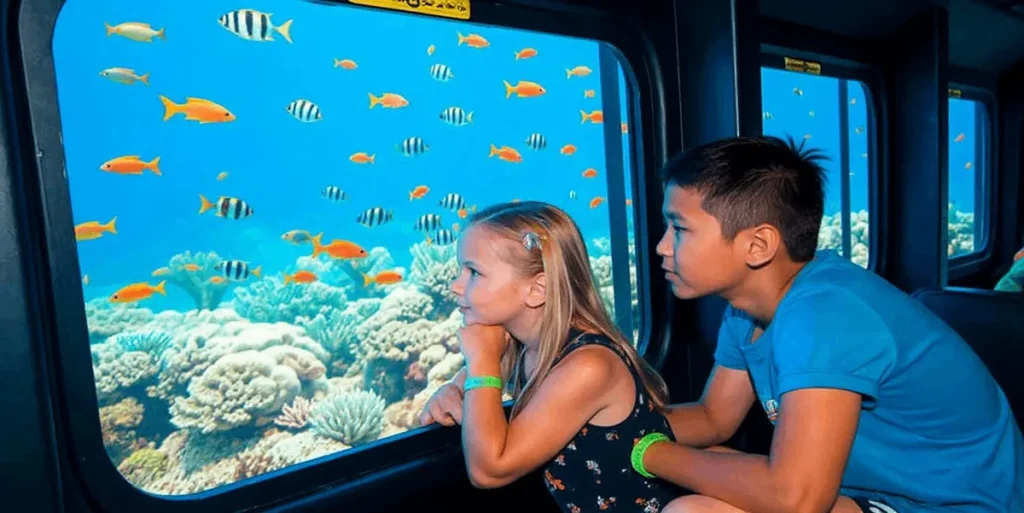
The boat captain, usually a local with decades of experience, will position the vessel over the most spectacular coral formations and explain what you’re seeing. You might spot green sea turtles gliding gracefully over the reef, rays buried in the sand with just their eyes visible, or colorful parrotfish crunching on coral and leaving trails of sand in their wake.
Why it’s special: There’s something deeply peaceful about floating on calm water while watching the underwater world go about its business below.
2. Snorkel at Naama Bay
If you need to build confidence for diving adventures, Naama Bay is a great start. One of the most remarkable aspects of snorkeling in Naama Bay is the accessibility of the reef.
You can enter the water directly from the beach, and within minutes you’ll be floating over thriving coral gardens. The shallow areas are perfect for building confidence, while the deeper sections at the mouth of the bay offer more challenging snorkeling with the possibility of encountering larger species.
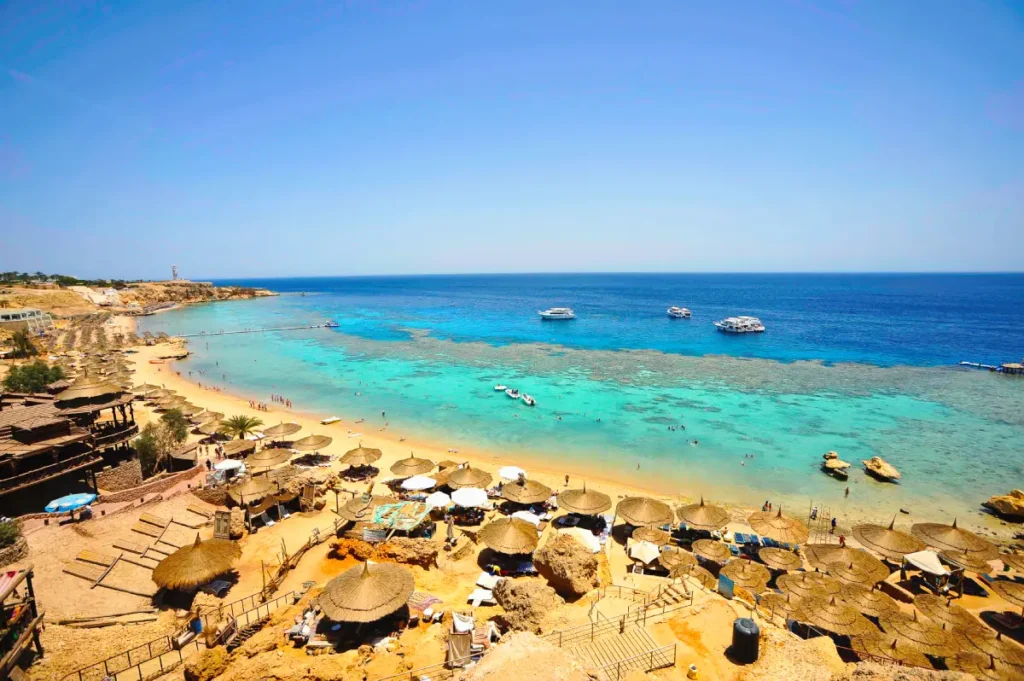
Naama Bay serves as the perfect introduction to the Red Sea’s underwater magic. This protected bay offers calm, clear waters that make it ideal for beginners, but even experienced snorkelers find surprises here. The bay’s horseshoe shape creates natural protection from wind and waves, while the shallow reef system provides easy access to spectacular marine life.
The coral gardens here are like underwater parks, carefully maintained by the natural ecosystem and protected by local conservation efforts. The reef starts in just a few meters of water, making it accessible even to children and nervous swimmers.
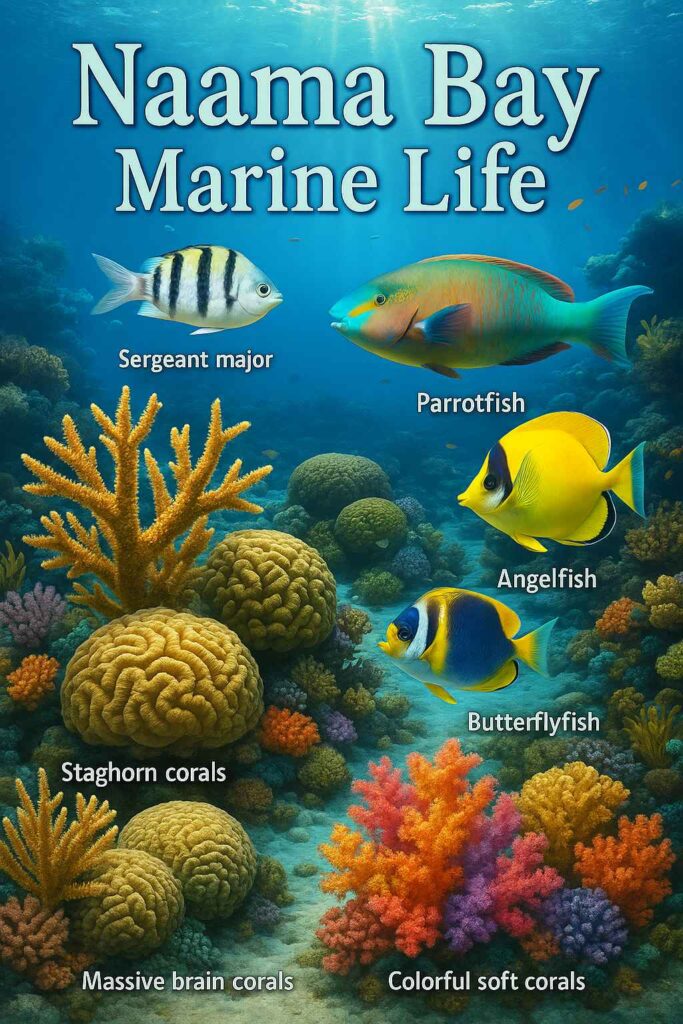
The water temperature in Naama Bay remains comfortable year-round, typically between 22-26°C, and the visibility is usually excellent. The bay’s protection from strong currents means you can snorkel at a relaxed pace, taking time to observe the intricate relationships between different species and the coral ecosystem.
3. Dive into the Blue Hole at Dahab
If you are up for an unforgettable adventure, then Blue Hole is the place to go. The Blue Hole is like a portal to another world. This natural wonder drops 130 meters into the earth, creating an underwater cathedral that makes you feel both tiny and infinite at the same time.
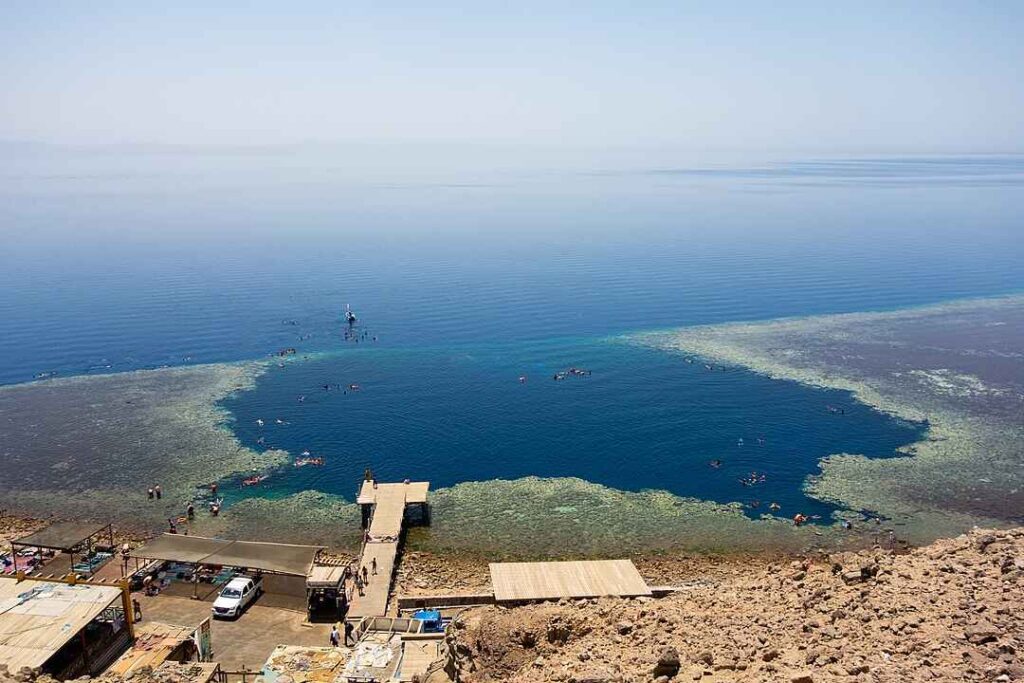
For certified divers, the Blue Hole offers multiple dive sites at different depths. The shallow reef at 6 meters is perfect for beginners, while the archway at 52 meters challenges experienced divers. The coral formations include massive brain corals, delicate fan corals, and colorful soft corals that sway in the current like underwater flowers.
The journey to Dahab takes about an hour from Sharm el-Sheikh, and the drive itself is spectacular. You’ll pass through dramatic desert landscapes dotted with Bedouin camps, and the mountains of Saudi Arabia are visible across the Gulf of Aqaba.
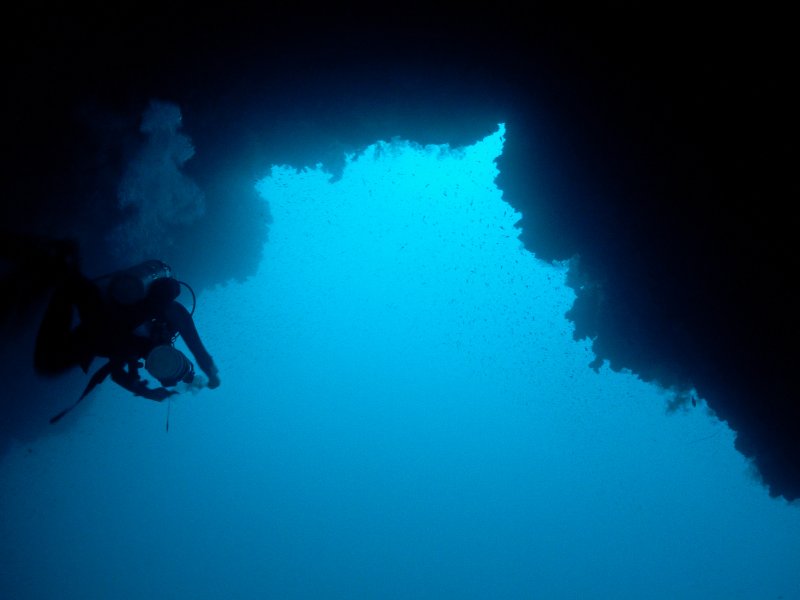
Why it’s special: Blue Hole is one of the biggest diving and free-diving challenges, not many pass through the arch, and very few reach the very bottom.
4. Watch the Sunrise from Mount Sinai
The 3 AM wake-up call might seem brutal, but trust me on this one. The hike up Mount Sinai in the darkness, guided only by stars and your headlamp, is a meditation in motion.
When the sun finally breaks over the horizon, painting the ancient landscape in gold and rose, you’ll understand why this place has been considered sacred for millennia. The silence up there is so complete it feels like you can hear your own thoughts settling.
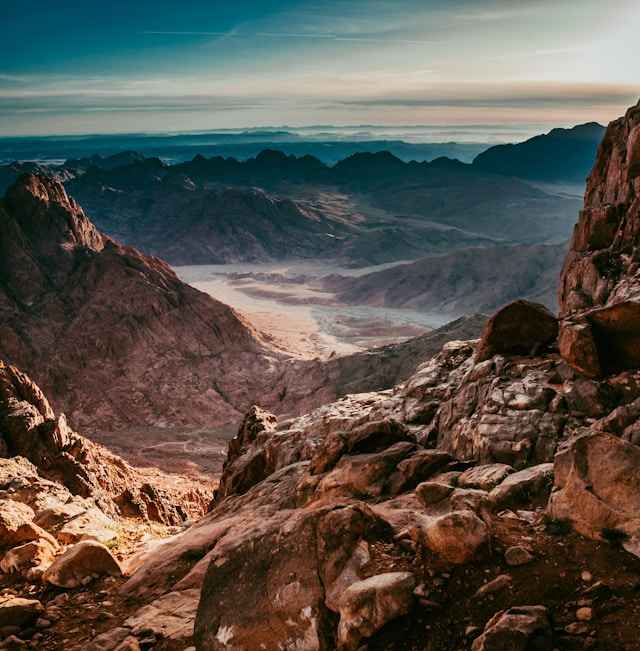
The mountain rises 2,285 meters above sea level, and the trail winds through ancient valleys where Moses is said to have received the Ten Commandments.
You’ll start the climb in complete darkness, joining a stream of pilgrims and travelers from around the world. The first hour is the steepest, following the Steps of Repentance – 3,750 stone steps carved by monks centuries ago.
Your legs will burn, your lungs will work hard in the thin air, and you’ll question why you set that alarm so early. But as you climb, something magical happens. The repetitive motion of putting one foot in front of the other becomes meditative, and the silence of the desert night settles into your bones.
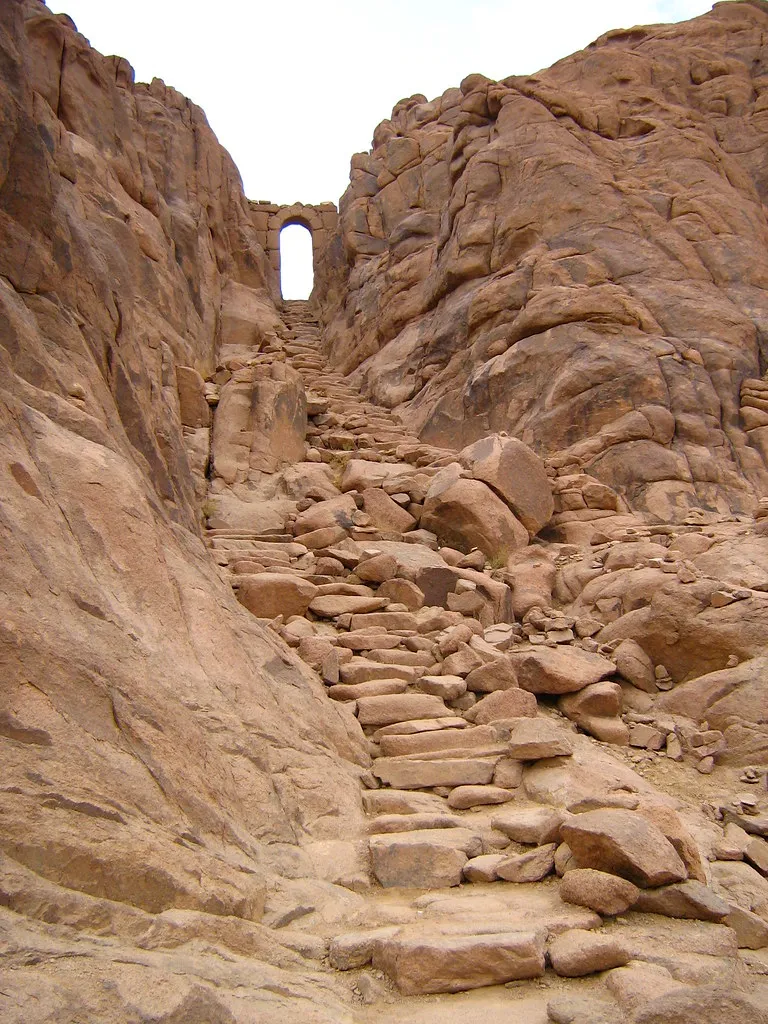
About two-thirds of the way up, you’ll reach the Basin of Elijah, a small amphitheater where tradition says the prophet heard the voice of God.
Here, you can rest, buy tea from Bedouin vendors, and prepare for the final ascent. The last section is a narrow path that climbs steeply to the summit, where a small chapel and mosque mark the sacred peak.
Tip
Bring layers: the desert gets surprisingly cold at night, but you’ll warm up quickly once you start hiking.
5. Lose Yourself in the Old Market
The Old Market in Sharm el-Sheikh is chaos in the best possible way. The architecture of the market reflects traditional Islamic design, with covered passages that provide shade from the sun and courtyards where vendors display their goods. The buildings are constructed from local limestone and coral.
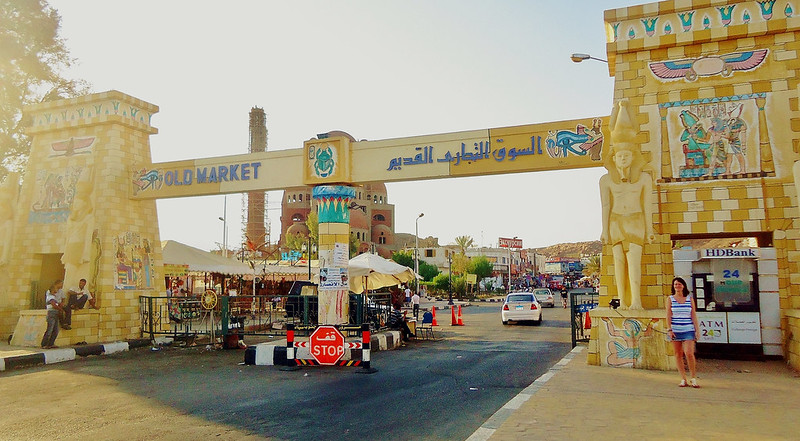
The market opens in the early evening when the desert heat begins to subside, and the narrow passages come alive with the sounds of haggling, laughter, and the calls of vendors advertising their wares. The air is thick with the scent of cardamom, cinnamon, and frankincense, mixed with the smoke from water pipes and the aroma of fresh bread baking in traditional ovens.
6. Explore the Underwater Museum at Ras Mohammed
Ras Mohammed National Park is huge: established in 1983, this protected area covers 480 km2 / 185 mi2 of land and sea, containing some of the most pristine coral reefs in the Red Sea.
The park sits at the southernmost tip of the Sinai Peninsula, where the Gulf of Suez meets the Gulf of Aqaba, creating unique underwater currents that support extraordinary marine biodiversity.

There are 2 ways to explore Ras Mohammed: bus tours and diving/snorkeling trips. It’s the number one destination for all intro diving tours, as the marine life is incredibly rich. This is where I had my very first intro diving back in 2019.
Tip
For non-divers: The snorkeling here is just as spectacular. The reefs come right up to the surface in many areas.
The main reef sites include Shark Reef and Yolanda Reef, connected by a narrow channel that concentrates marine life. The current here brings nutrients from the deep sea, feeding the corals and attracting larger pelagic species.
You might spot grey reef sharks patrolling the drop-off, hawksbill turtles gliding through the coral gardens, or giant moray eels emerging from crevices in the reef.

The park also includes the wreck of the Yolanda, a cargo ship that sank in 1980. The ship’s cargo of bathroom fixtures has become an artificial reef, creating a surreal underwater landscape where toilets and bathtubs have become home to colorful marine life.
Swimming here feels like being inside a living kaleidoscope – every turn reveals new patterns, new colors, new life. The water temperature remains comfortable year-round, typically between 22-28°C / 72-82°F, and the visibility often exceeds 40m / 130ft.
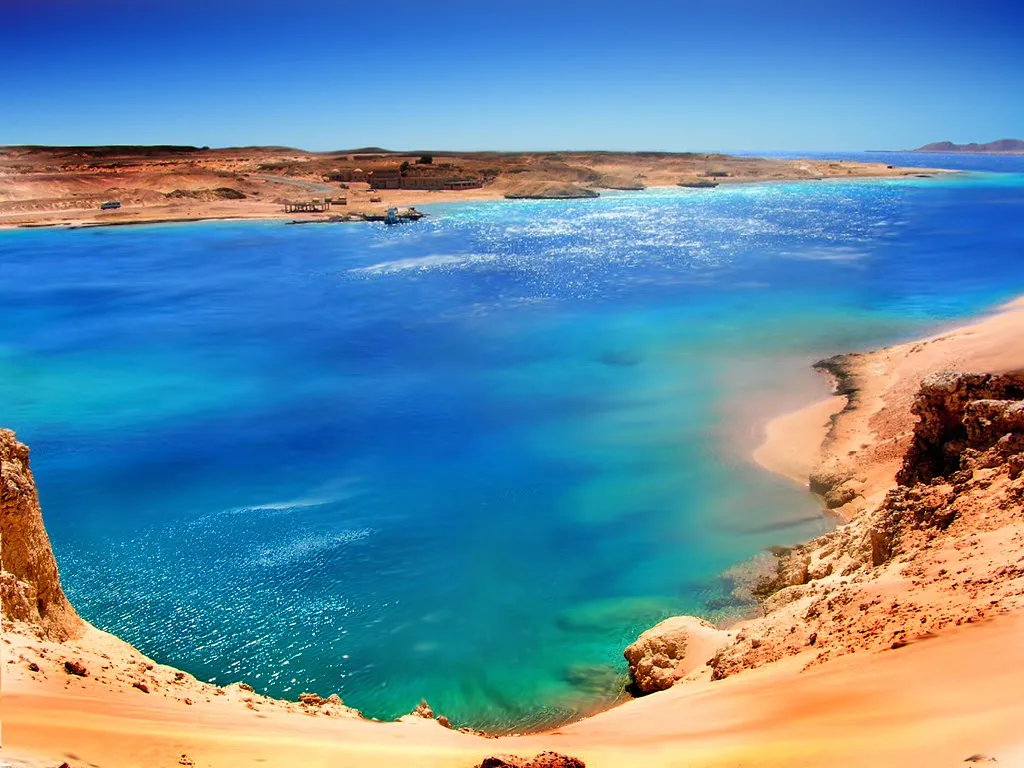
The park protects not just coral reefs but also mangrove forests, salt marshes, and desert landscapes. The contrast between the barren terrestrial environment and the explosion of life underwater is striking. On land, you might see osprey, herons, and migrating birds that use the area as a stopover point.
7. Ride an ATV or Buggy to Bedouin Camps
ATV (quad bike) and buggy safaris are among the most widely sold excursions in Sharm el-Sheikh. But what are you really getting? Dozens of companies sell tours with similar names: “Sunset Safari,” “Super Desert Adventure,” “Bedouin Dinner with Stargazing”, and it’s easy to get overwhelmed by sales pitches.
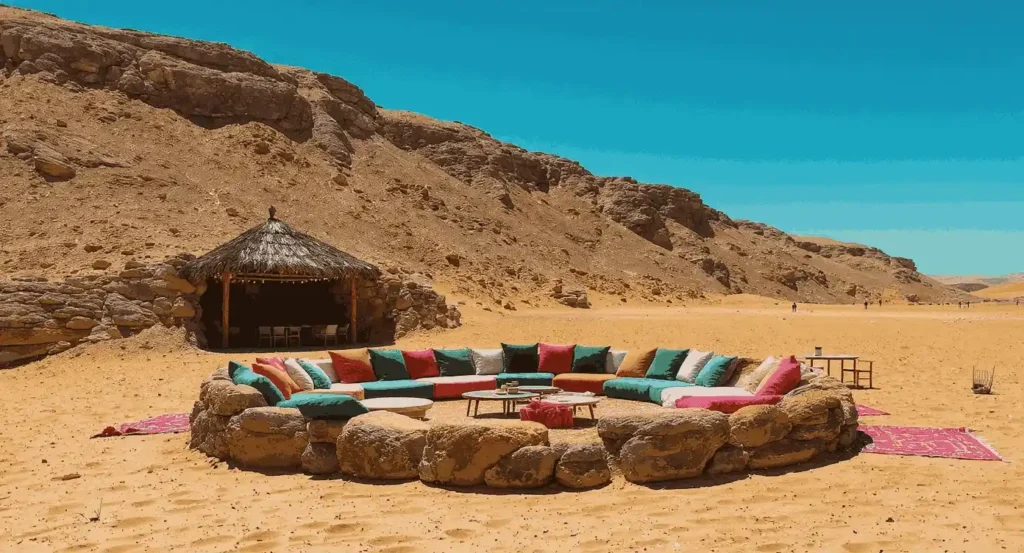
These excursions vary by timing and activities, from sunrise rides to sunset safaris and extended evening tours with dinner under the stars.
| Tour Type | Duration | Time of Day | Core Activities |
|---|---|---|---|
| Sunrise Tour | 3–4 hours | 4:00–8:00 | Ride at dawn, tea, short camp visit, sometimes camel or sandboard |
| Daytime Ride | 2–3 hours | 10:00–13:00 | Quick ride + tea stop, minimal extras |
| Sunset Tour | 3 hours | 16:00–19:00 | Ride + Echo Valley + tea at camp |
| Evening Safari | 5–6 hours | 15:00–21:00 | Ride + Bedouin camp + dinner + show + stargazing |
All of these excursions explore the deserts of the South Sinai region surrounding Sharm el-Sheikh. A common area for quad biking is the Wadi Mandar (also spelled Wadi Mander) – a wide valley about 30 minutes from Sharm where Bedouin communities are found. This wadi serves as a natural trail for safaris, with relatively flat, hard-packed sand ideal for ATVs.
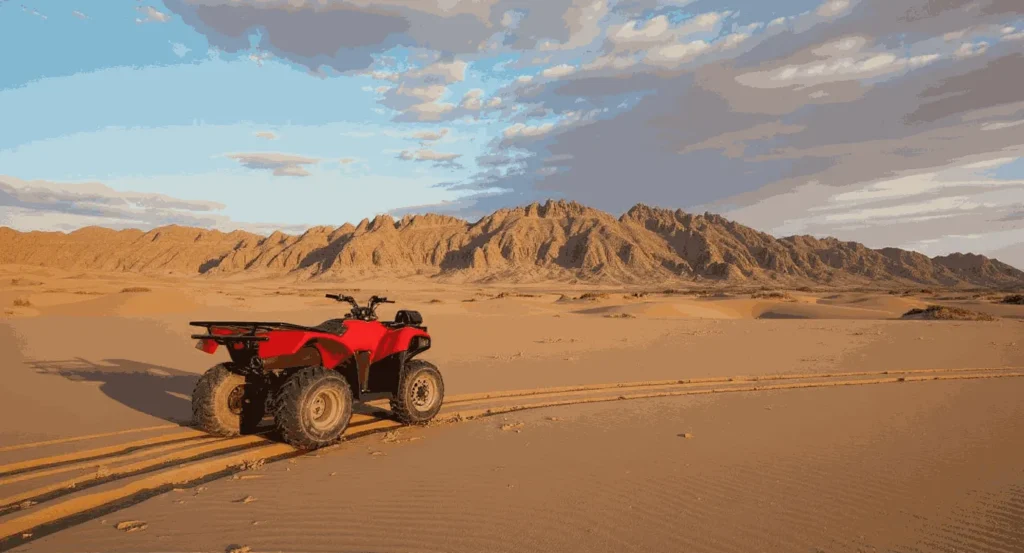
Most rides follow fixed loops in the desert, 15–30 minutes outside Sharm. You are not venturing deep into the wilderness. Common areas include:
- Wadi Mandar: flat, open area with easy terrain
- Echo Valley: rock formation with a natural echo
- Bedouin Camp: tent setup, tea and bread-making. Usually not a real village—often a semi-permanent tourist stop
A camel ride is usually a paid extra, which lasts 5-10 minutes and is basically a photo-op. The handicrafts for sale are mass-produced and not handmade by host family. As for the dunes, they are not huge since the Sinai terrain is rocky and sandy, not like Erg Chebbi in Morocco.
8. Discover the Monastery of Saint Catherine
Deep in the Sinai Peninsula, the Monastery of Saint Catherine has been a place of pilgrimage for over 1,400 years. This UNESCO World Heritage site is one of the oldest working monasteries in the world. The fortress-like structure sits at the foot of Mount Sinai, surrounded by the dramatic landscape of the high desert.
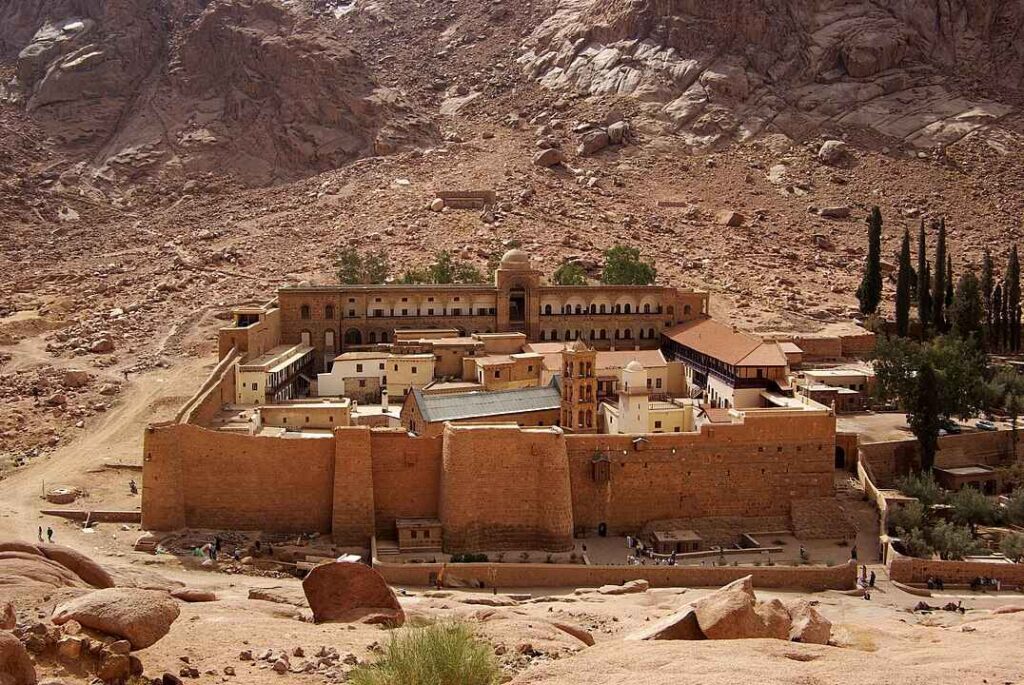
The monastery was built by order of Emperor Justinian between 548 and 565 CE, and its walls have protected not just the monastic community but also one of the world’s most important collections of early Christian manuscripts and icons.
The library contains over 3,000 manuscripts in Greek, Arabic, Syriac, and other languages, including the famous Codex Sinaiticus, one of the oldest complete copies of the Christian Bible.
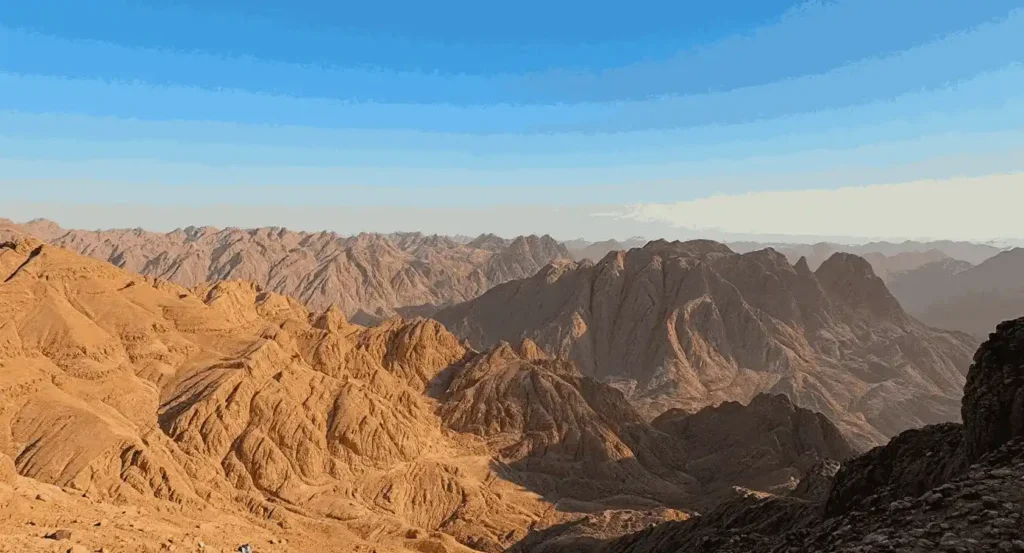
The journey to the monastery takes about 2 hours from Sharm el-Sheikh and is usually combined with climbing Mount Sinai.
9. Enjoy the View at Farsha Cafe
Located on the cliffs of Hadaba, Farsha Cafe has become an iconic destination since 2010, known for its eclectic, kitschy decor and absolutely stunning views over the beach and sunset.
The multi-level terraces are adorned with carpets, pillows, and a dizzying assortment of antiques: think old sewing machines, retro radios, lanterns, vintage posters, all curated into a quirky, magical décor. The terraces are carved into the cliffside.
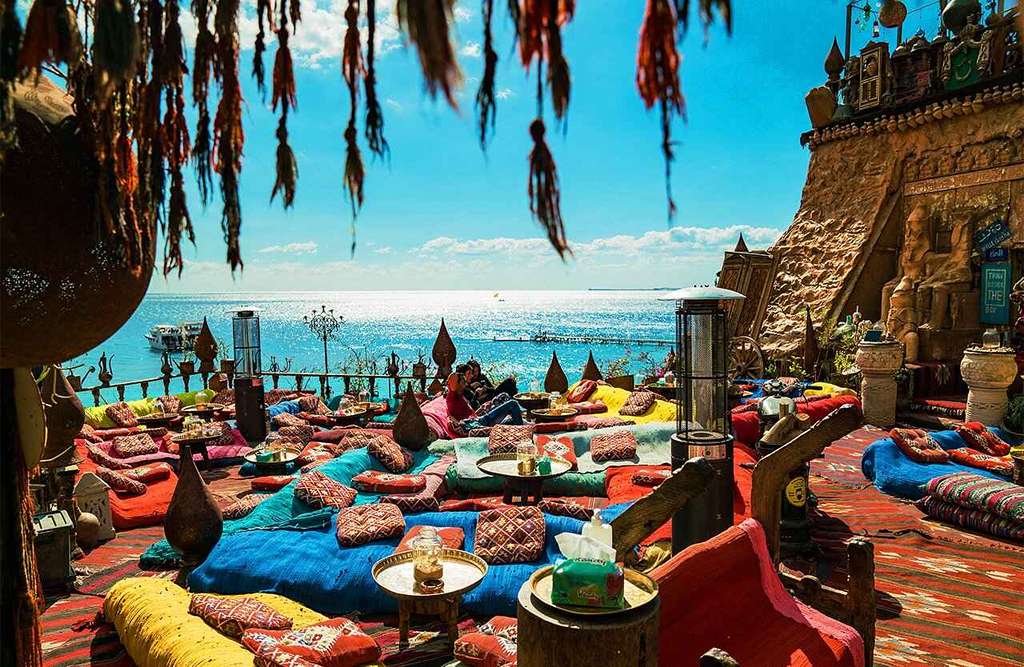
As the sun sets, the whole place is bathed in golden light, and the sea view is phenomenal. By night, hundreds of lanterns and fairy lights come alive, creating a 1001 Nights atmosphere with chill-out music in the background
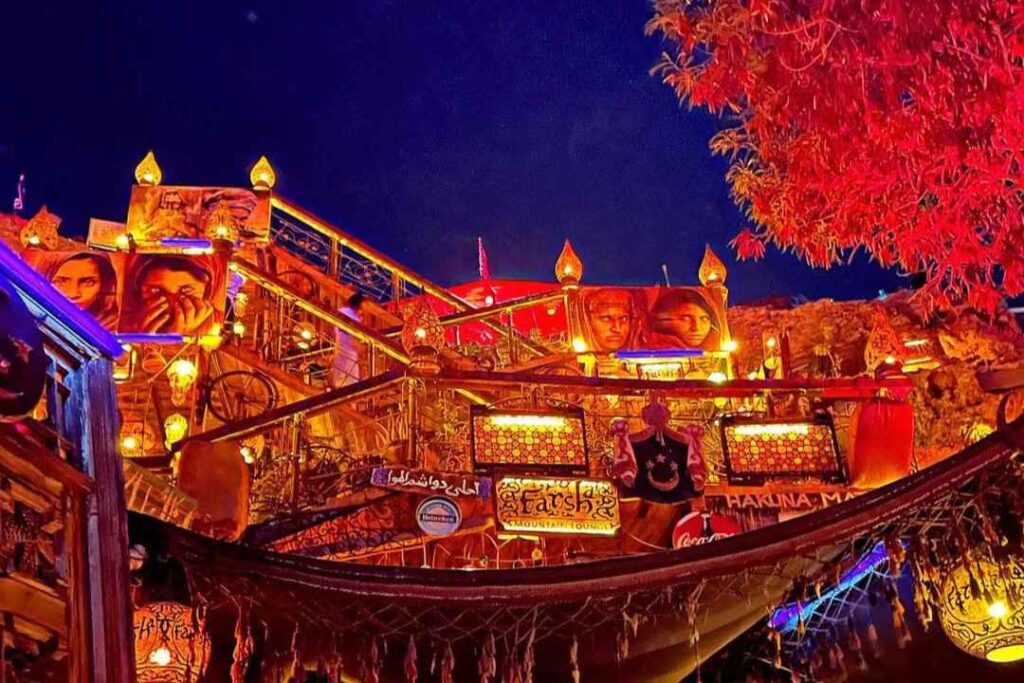
10. Marvel at Al Sahaba Mosque
The mosque is a walking distance of Farsha and the Old Market, so you can combine all three locations in a single trip. Al Sahaba Mosque officially opened in 2017, with its 2 towering minarets reaching 76 metres and multiple domes. Designed by Fouad Tawfik, the mosque fuses Fatimid, Mamluk, and Ottoman style elements.
The lighting system of the mosque is particularly spectacular. As soon as it gets dark, dozens of lighting made of pottery send their illumination along the sides of the mosque, creating a warm, golden glow that makes the building visible from across the city.
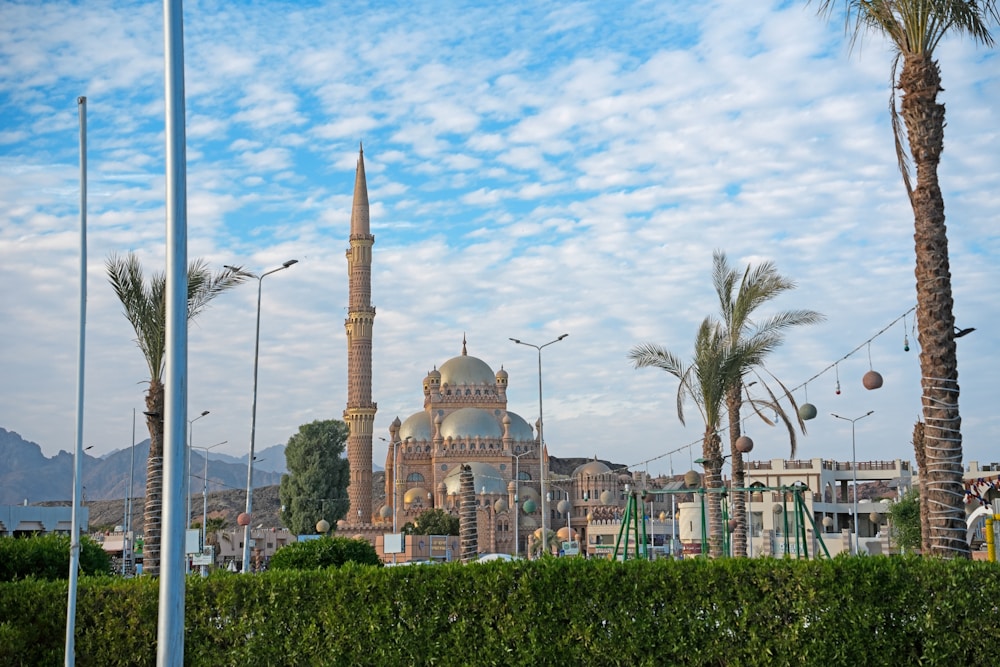
The lighting design follows Islamic principles of avoiding harsh illumination, instead creating a soft, welcoming atmosphere, somewhat similar to Petra.
11. Explore the Colored Canyon
Journey into Sinai’s desert to scramble through a geological wonderland straight out of an Indiana Jones film. Near Nuweiba lies the aptly named Colored Canyon: a labyrinth of narrow passageways carved into sandstone and limestone, with towering walls about 20–30 meters high.
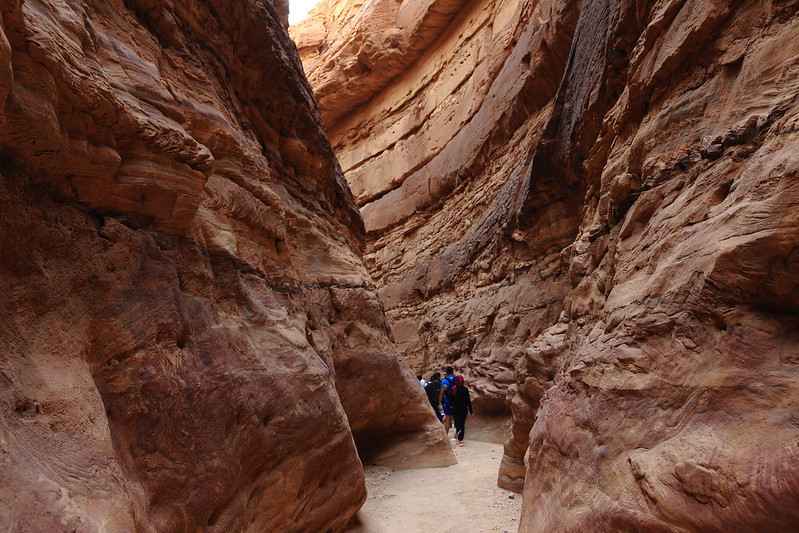
The canyon system extends for several kilometers, with the main section accessible through a moderate hiking trail that takes about two hours to complete.
The colors in the canyon walls are the result of different mineral deposits laid down over millions of years. Iron oxide creates the reds and oranges, while manganese produces the purples and blacks.
Tip
The sales brochures often contain pictures of the Antelope Canyon of Arizona, the Colored Canyon isn’t that impressive, but still well worth a visit
The yellows and whites come from different types of sandstone, and the way these colors layer and blend creates patterns that seem almost too perfect to be natural.
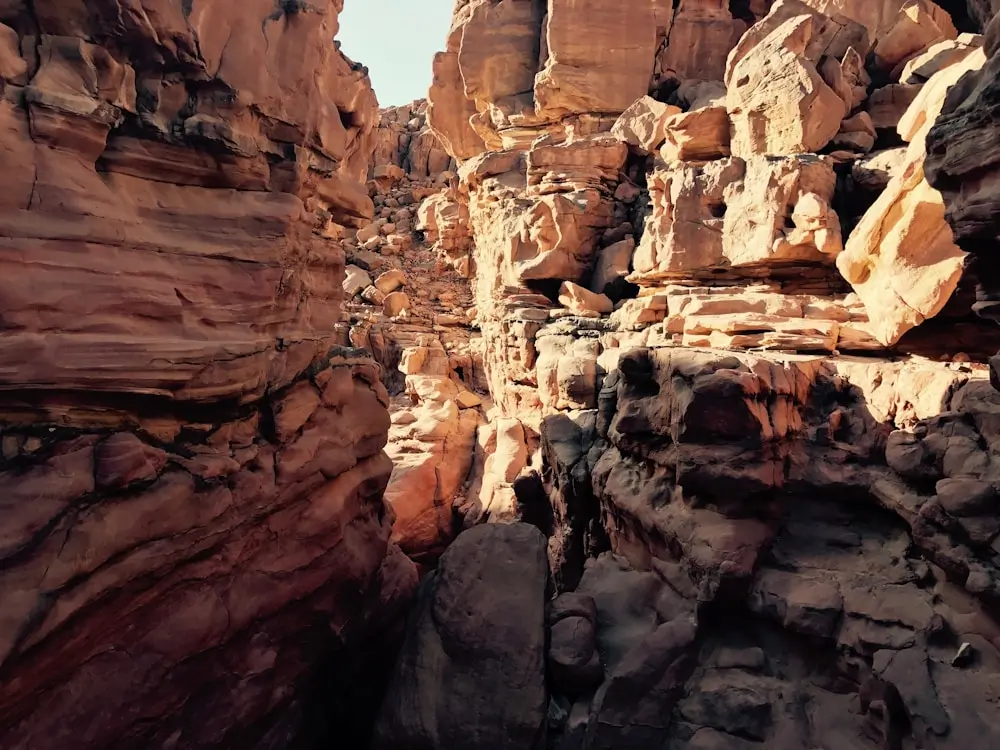
The walls rise up to 40 meters on either side, creating a sense of being enclosed. The canyon is narrow enough in places that you can touch both walls with outstretched arms. You can see the layers in the rock walls, each representing different periods in the Earth’s history.
12. Explore the Mangrove Forests of Nabq
Nabq is still a hidden gem of Sharm el-Sheikh: located closer to the town than Ras Mohammed, it attracts fewer visitors, and fewer guided tours are available. Yet this national park is very unique and worth checking out.
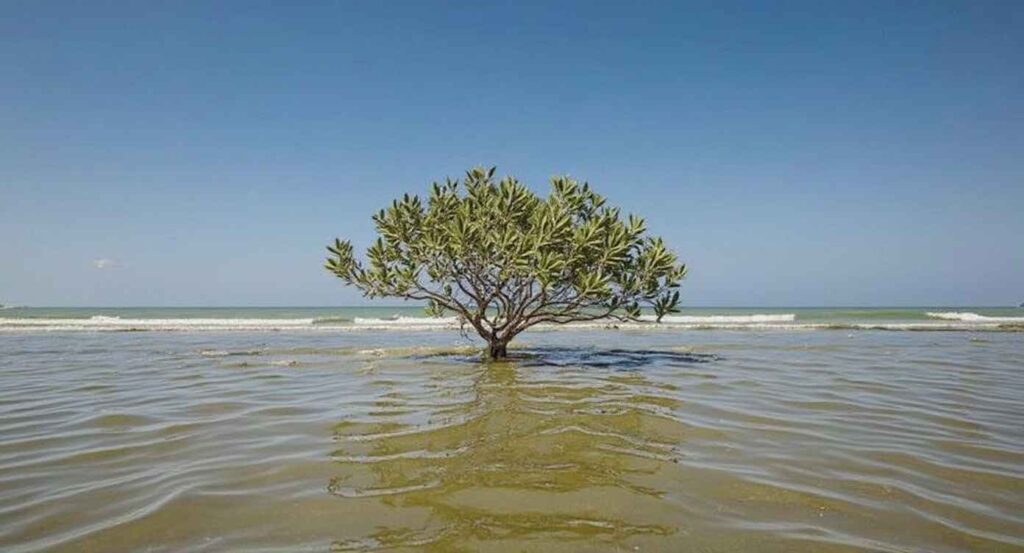
Nabq Natural Reserve is actually bigger than Ras Mohammed, spanning 600 km², but it has a similar structure: part desert, part marine ecosystem.
The low-lying salt marshes and a remarkable stand of Avicennia marina — the largest mangrove forest in Egypt. These twisted, salt-filtering trees grow right along the Red Sea shore, forming a rare habitat for birds, crabs, and small fish.
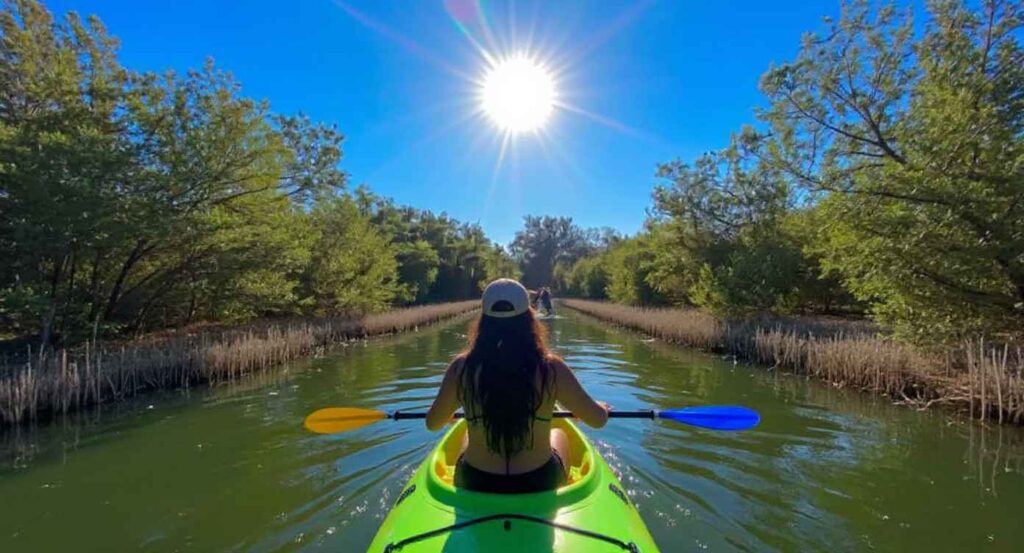
The best activities to experience in Nabq are kayaking and hiking. As I mentioned earlier, Nabq is not particularly popular with major tour operators; that’s not the kind of tour you can purchase at the hotel lobby. You will need to look for individual guides or explore it on your own.
13. Dive the WWII Wreck of the SS Thistlegorm
If you are a certified diver, you will not want to miss one of the most famous shipwrecks. Sunk by German bombers in 1941, this 128-meter cargo ship now rests on the sea floor, its holds still packed with wartime jeeps, motorbikes, rifles, and other supplies that never made it to the front.
Dive tours typically involve an overnight boat trip (it’s off the Sinai coast in the Straits of Gubal), giving you multiple dives by day and even the thrill of a night dive on this historic wreck.
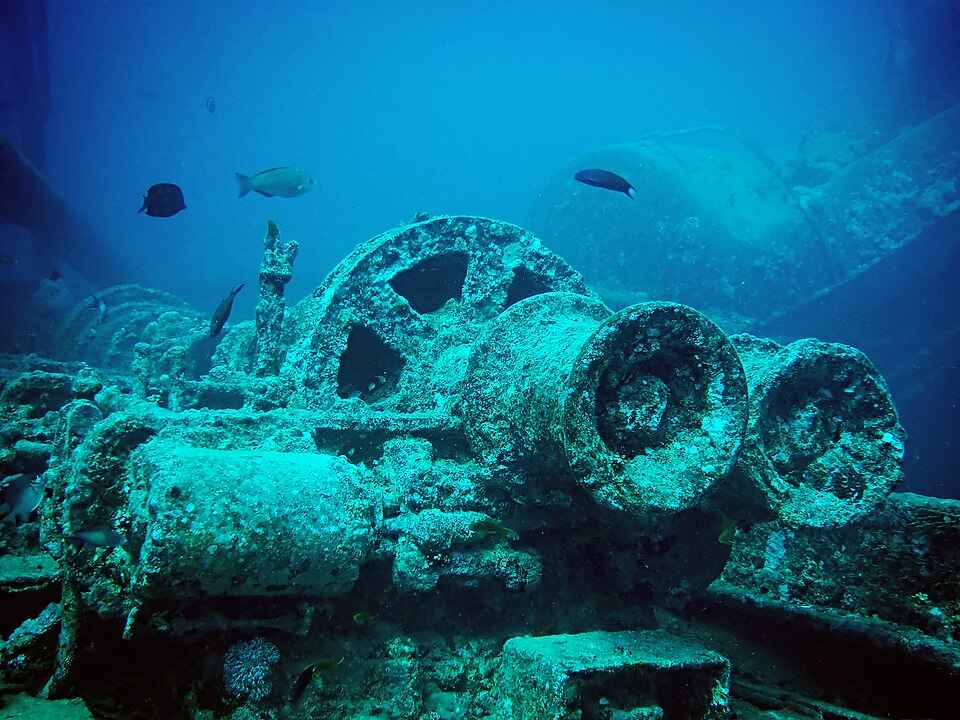
You would not expect as much preservation in warm waters like the Red Sea. Surprisingly, SS Thistlegorm is preserved perfectly. In Hold No. 1, you’ll find boots and motorcycles still visible after 80+ years underwater.
The cargo holds are like underwater museums; you can swim past Bedford trucks with their tires still intact and peer into engine rooms where gauges and controls remain exactly where they were left.
14. Discover Shark’s Bay
Shark’s Bay is the second popular snorkeling location in Sharm el-Sheikh, after Naama Bay. Located about 5 miles north of Naama Bay, this protected inlet gets its name from the reef sharks that occasionally patrol its deeper waters.
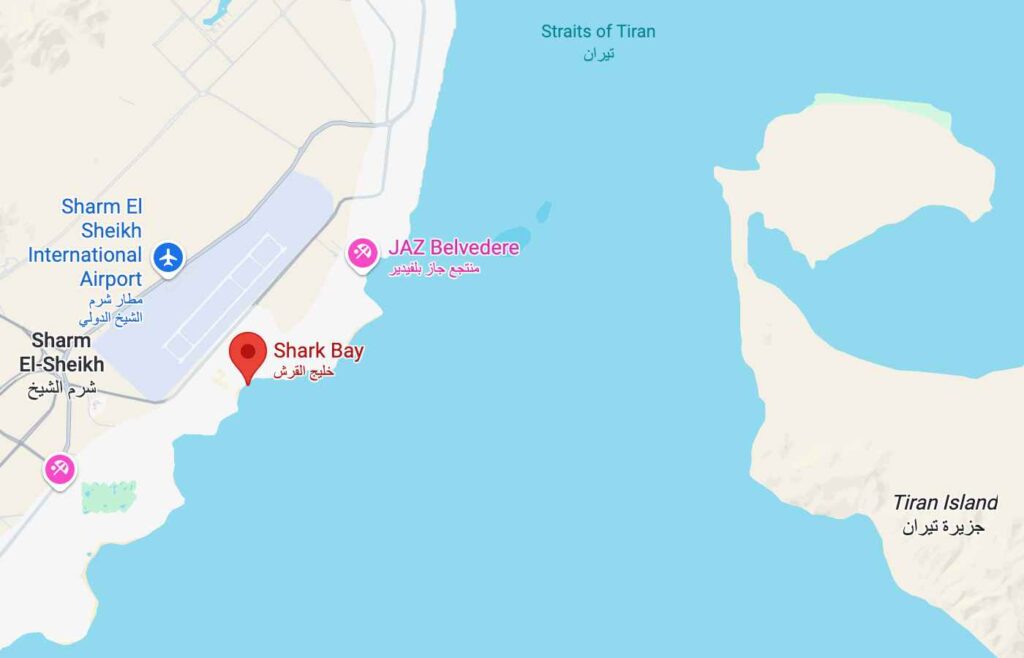
The bay forms a natural crescent shape along the Red Sea coastline, and one of the things that makes it special is the stunning view you get of Tiran Island in the distance. The whole area has been developed with luxury tourism in mind, so expect polished resorts, manicured beaches, and prices to match.
Most of the beachfront is occupied by large resort complexes, each with its own private beach sections. However, there are still some public beach areas where you can access the water without staying at a resort, though facilities might be more basic.
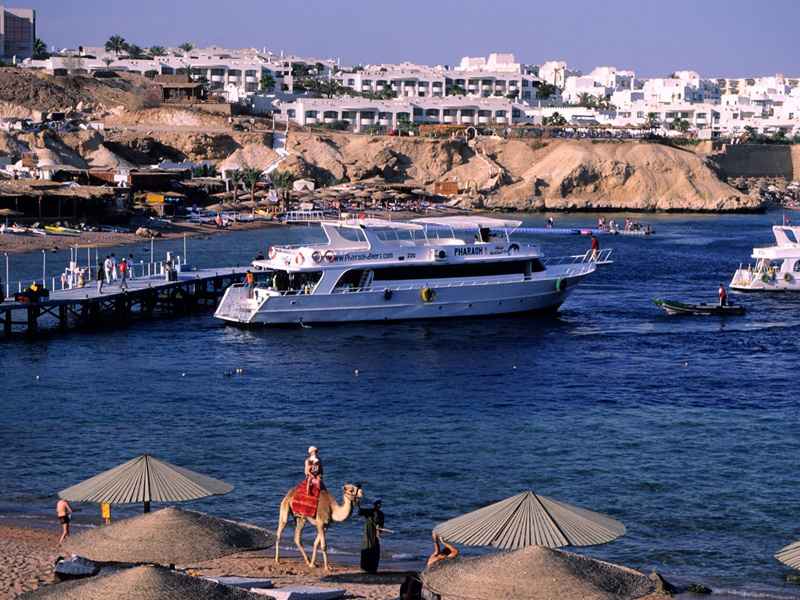
The area offers shore diving for divers of all levels and serves as a great training site, with a coral plateau starting at 5 meters and dropping off at approximately 20 meters. One of the most remarkable aspects of Shark’s Bay is the visibility, which often exceeds 30 meters.
How did Shark’s Bay get its name?
This part is confusing; despite its name, Shark’s Bay is considered one of the safest areas for snorkeling and diving. There were about 20 registered shark attacks off the shore of Egypt, and none of them took place in Shark’s Bay.
So, why the name then? Some locals say that until about 12 years ago, there were actually sharks living in the bay, while others claim tourists mistook manta rays for sharks. But the most commonly accepted version is simpler: before all the resort development, before the construction boom, this bay was genuinely a favorite hangout spot for sharks.
15. Take the ‘Pirate Yacht’ cruise
Another, top of the list, and extremely popular excursion sold on every corner is the night cruise or ‘Pirate Yacht’. Most pirate-themed yacht tours in Sharm el-Sheikh are designed to be family-friendly daytime excursions, but there are variations in the experience that cater to different audiences and times of day.
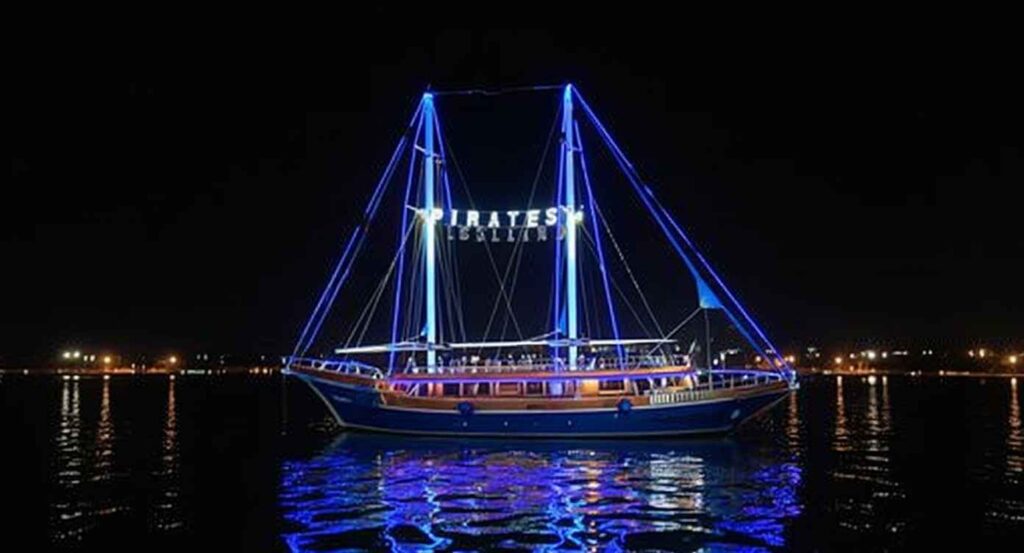
In addition to the daytime trips, some operators run pirate-themed evening cruises that are more oriented toward entertainment and a lively atmosphere. These are sometimes advertised as “Pirate Party” night cruises or floating dinner shows.
Instead of snorkeling, the emphasis is on dining, music, and performances. A typical pirate party cruise might start around sunset (e.g., 5:00 PM) and run for 3–5 hours into the evening.

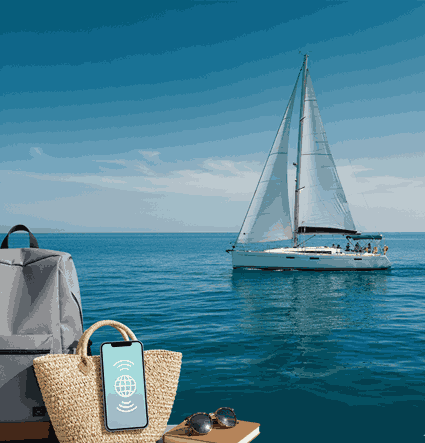



Comments